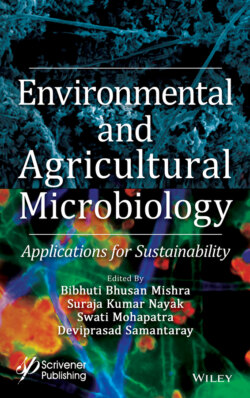Читать книгу Environmental and Agricultural Microbiology - Группа авторов - Страница 87
4.4.1 Biosynthesis of Polyhydroxyalkanoates
ОглавлениеPHA (Figure 4.6) biosynthesis begins from the feedstocks like hexoses, pentoses, lactose, maltose, lipids, alcohols, organic acids, or gases like carbon dioxide or methane under undesirable growth conditions due to imbalanced nutrient supply [2, 3]. PHAs are unique among biopolymer families whose production and degradation depend on the living cells. Hydroxyl groups of PHAs are produced in recombinant Escherichia coli JM109 in the presence of glycolate as the only carbon source. The propionate-CoA transferase (pct) gene from Megasphaera elsdenii and the β-ketothiolase (bktB) gene and phaCAB operon from Ralstonia eutropha H16 were introduced into E. coli JM109. Another alternative and convenient synthetic approach to synthesize PHAs is a chemical method that utilizes a ring-opening polymerization mechanism of β-lactones, including anionic, coordination-insertion, organo-catalyzed, enzymatic, and cationic processes.
In addition to PHA’s biosynthesis, an alternative and convenient synthetic approach to obtain PHAs is via the ring-opening polymerization (ROP) of β-lactones, including anionic, “coordination-insertion,” organo-catalyzed, enzymatic, and cationic processes.
